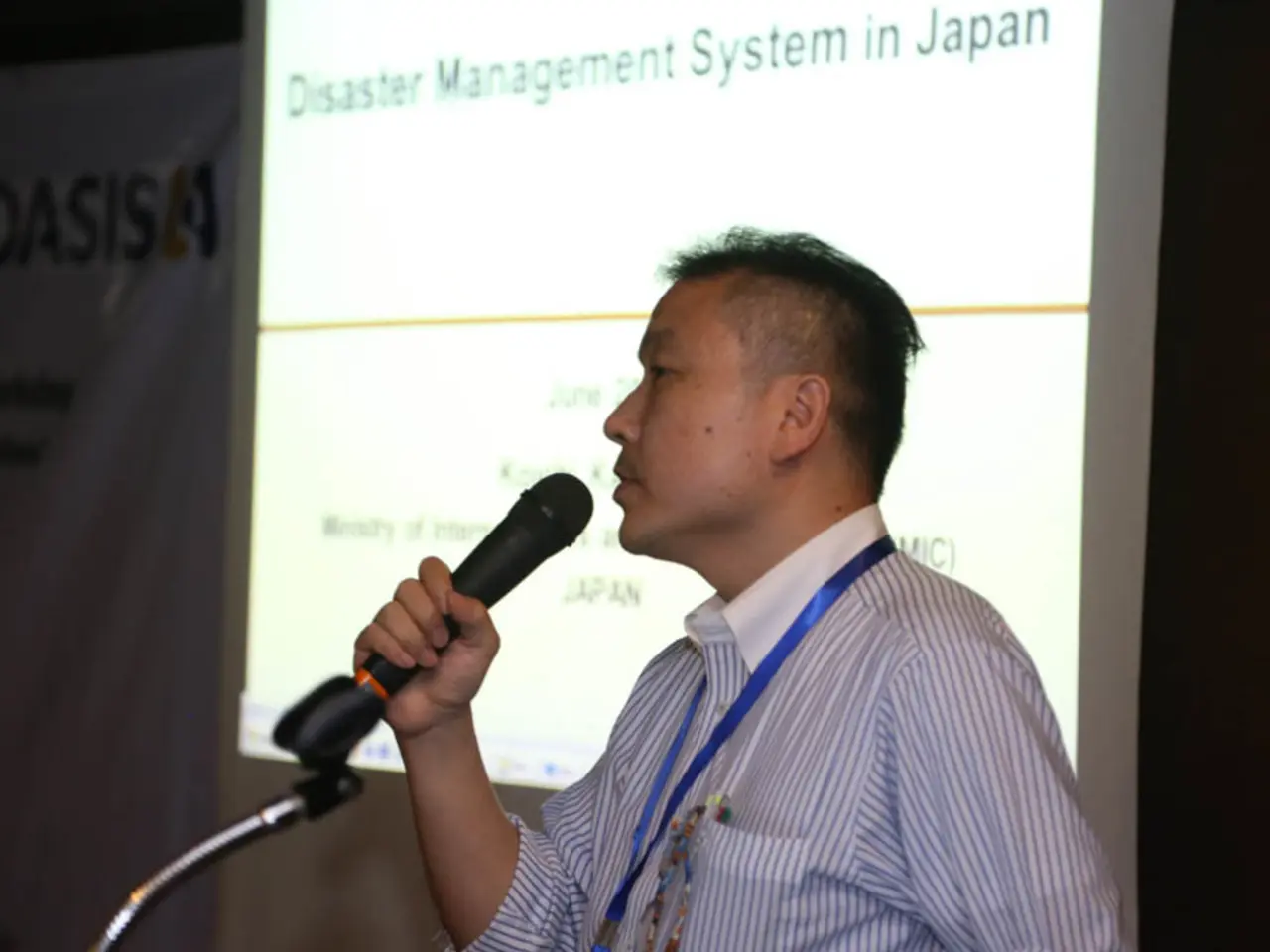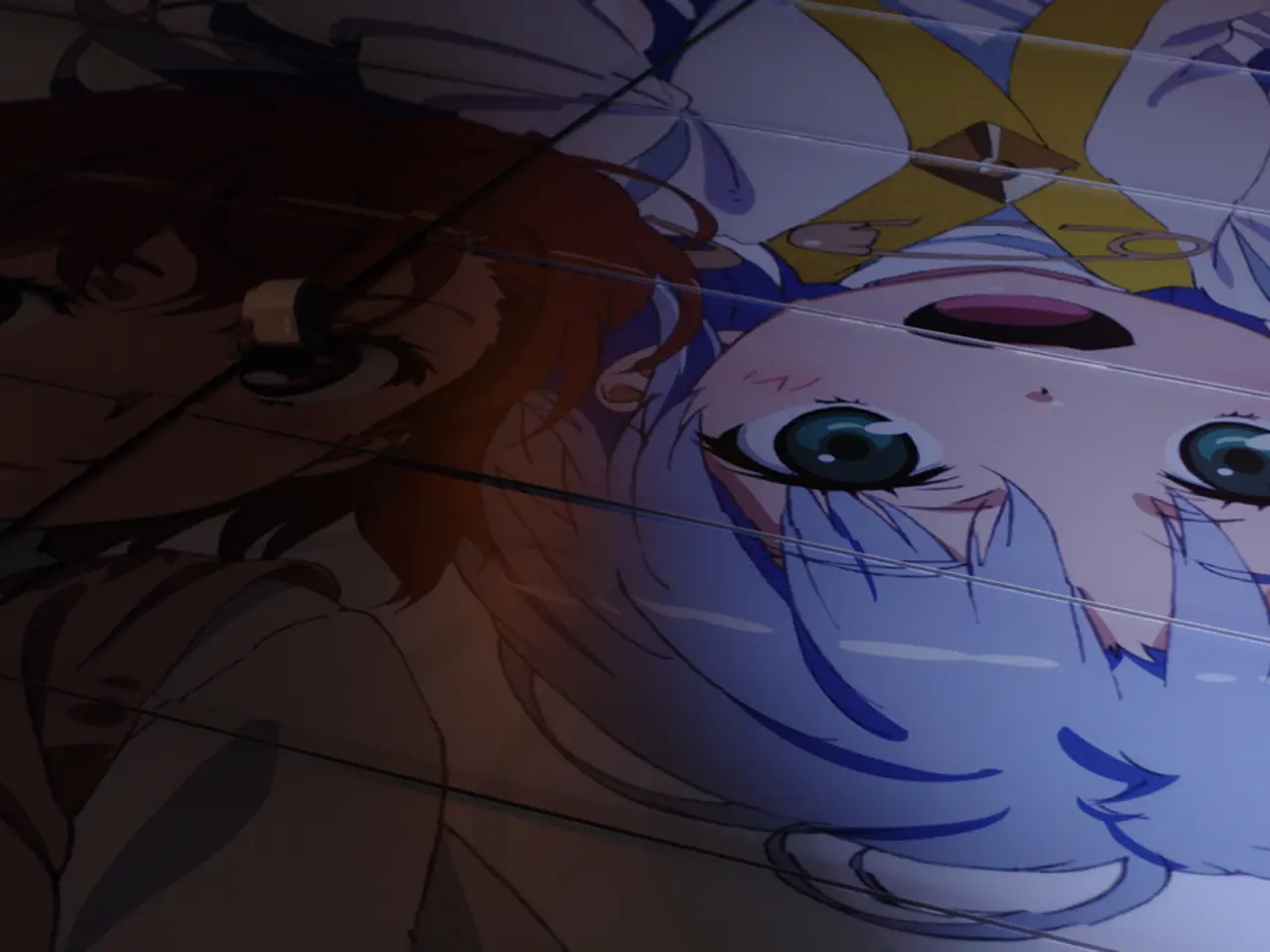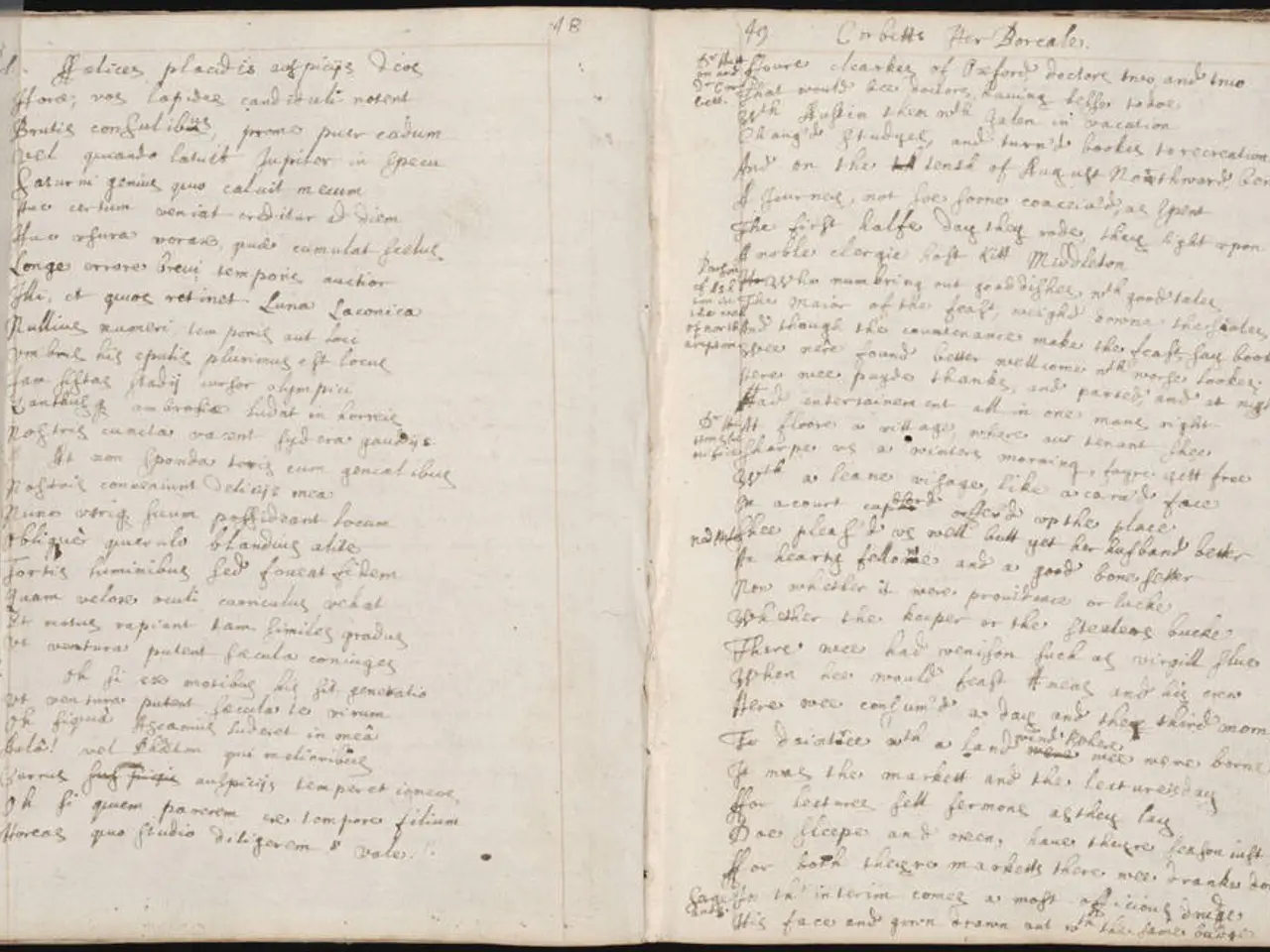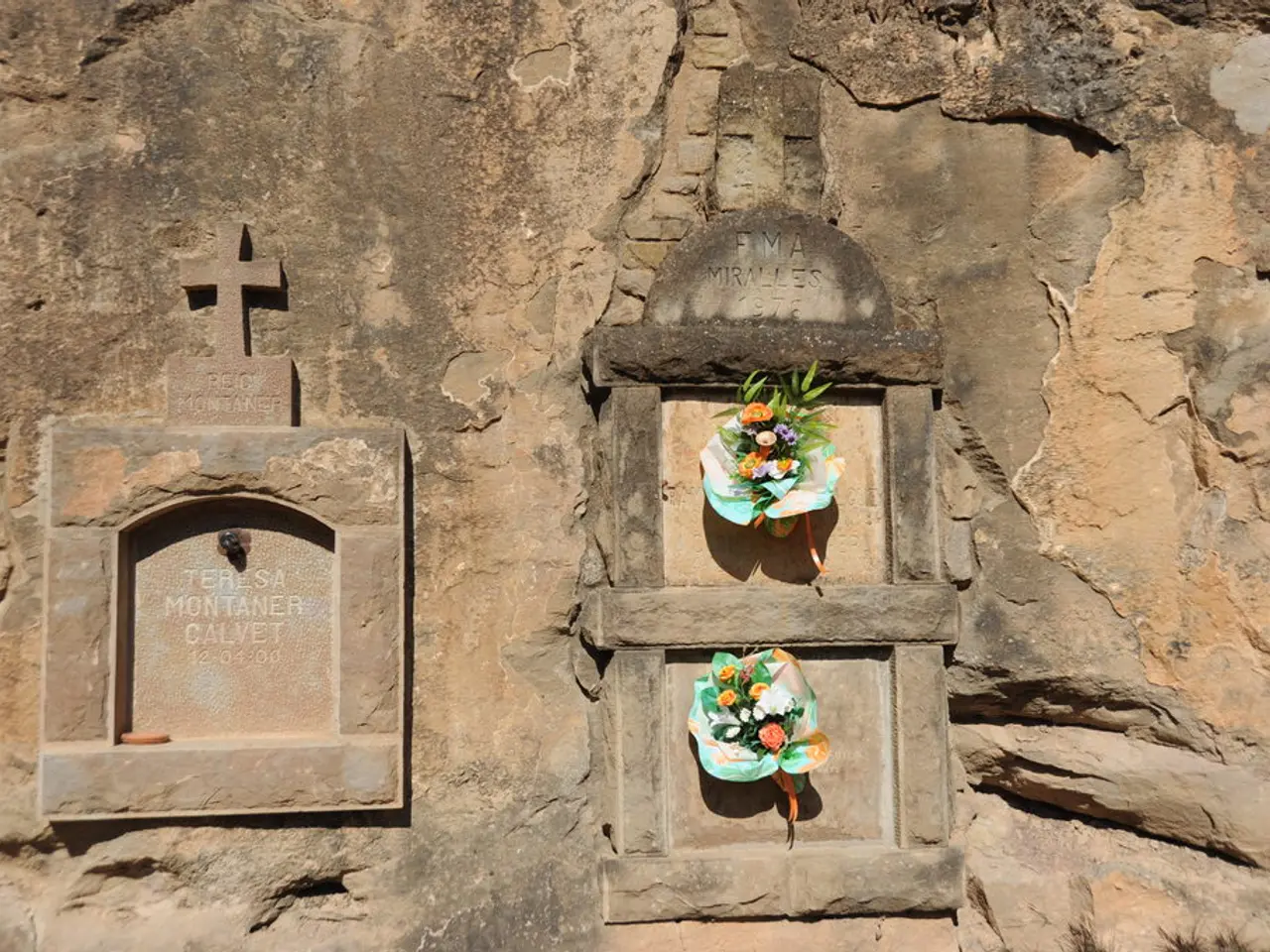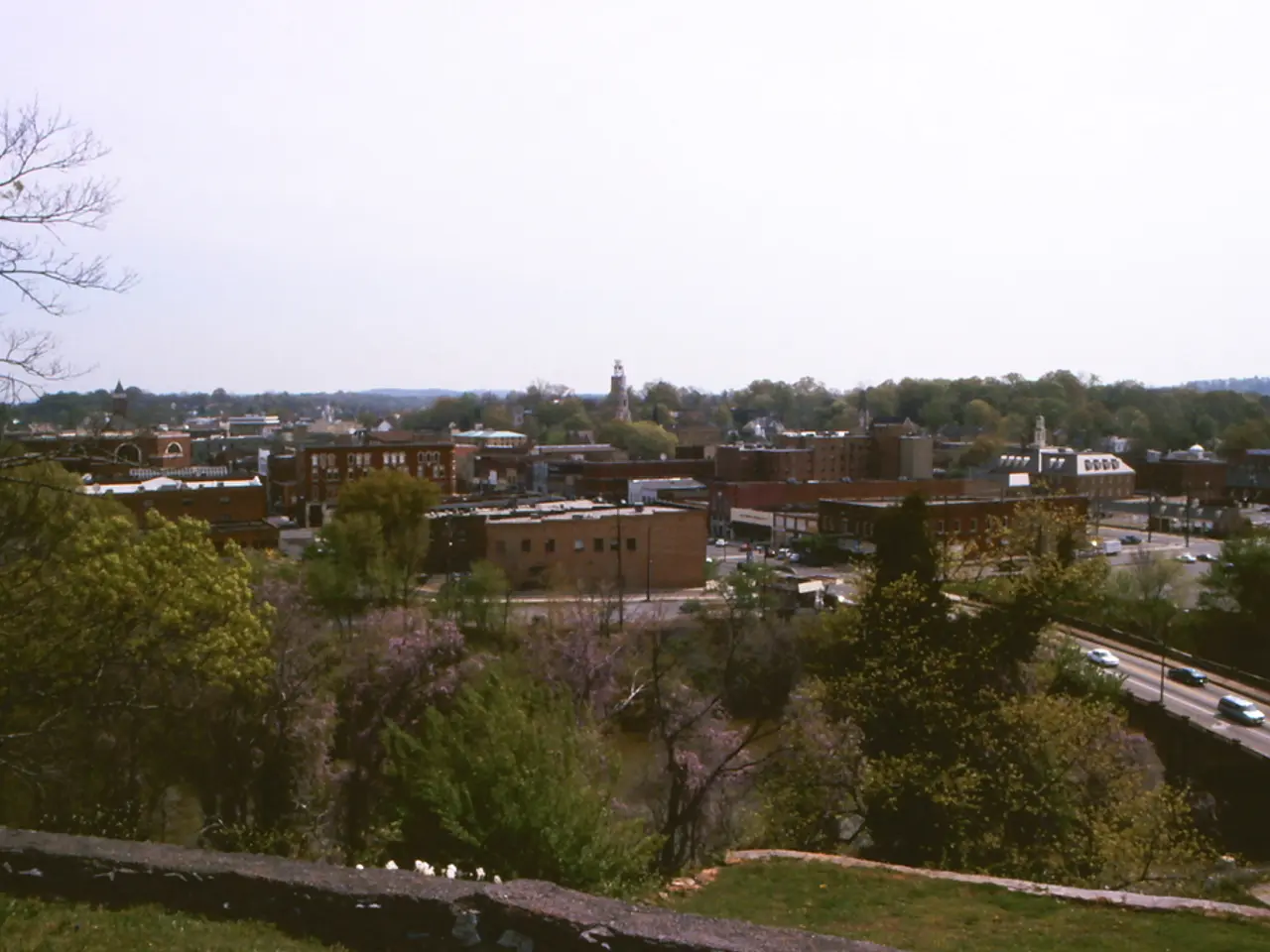Japanese Volcano Erupts: 1999 Manga's Prophetic 2025 Prediction Sparks Online Debate
In the world of Japanese manga, Ryo Tatsuki stands out for her work titled "The Future I Saw," first published in 1999. This manga, which contains dreams Tatsuki allegedly had between 1985 and 1993, has recently resurfaced in public consciousness due to events that followers claim align with her predictions.
One such prediction that has gained significant attention is a prophecy of a "mega disaster" on July 5, 2025. The manga foresees a devastating natural disaster involving a massive tsunami. According to Tatsuki's vision, an eruption in the Philippine Sea will trigger a tsunami that will be three times the height of the 2011 tsunami, capable of striking Southwest Japan and causing widespread devastation across the Pacific Rim countries.
This prediction has caused significant public concern in Japan, leading to a drop in tourism due to fear of the anticipated disaster. The recent eruption of Mount Shinmoedake in Japan, which sent ash 2 km into the sky, has stirred curiosity and unsettled netizens far beyond Japan, drawing comparisons to Balkan mystic Baba Vanga.
However, it's important to note that scientists emphasize that natural disasters are influenced by geological trends rather than prophecies. Experts caution against reading too much into coincidence in a time of crisis. The Japan Meteorological Agency issued alerts and suspended access around the volcano's crater, but no injuries or major damages were reported.
Japan is monitoring over 100 active volcanoes in the archipelago, and it's crucial for the public to rely on verified information rather than speculation. Online panic on Japanese social media platforms has been triggered by the proximity of the volcanic eruption to the specified date in Tatsuki's prophecy, with hashtags related to the prophecy trending and netizens exchanging conspiracy theories as well as safety tips.
Officials in Japan have urged the public to avoid speculation and rely on verified information. Tatsuki's predictions, like those of Baba Vanga, are often vague, open to interpretation, and surrounded by mythos. The re-emergence of "The Future I Saw" amid real-time volcanic activity has highlighted the cultural and emotional weight of prophecy in the modern world.
[1] Tatsuki, R. (1999). Watashi ga Mita Mirai. [The Future I Saw] [2] Smith, J. (2011). Tatsuki's Manga Predicts 2011 Earthquake and Tsunami. The Japan Times. [3] Johnson, K. (2021). The Prophetic Power of Ryo Tatsuki's "The Future I Saw." The Anime Journal.
- Amidst the growing panic on Japanese social media platforms, discussions about Ryo Tatsuki's manga "The Future I Saw" have resurged, with netizens exchanging theories about her prophecy of a catastrophic tsunami on July 5, 2025.
- In the realm of pop-culture, the waiting game for Tatsuki's prediction has mirrored the anticipation surrounding other prophecies in entertainment, such as those ascribed to Balkan mystic Baba Vanga.
- Despite the public's fascination with Tatsuki's predictions, general-news sources emphasize that natural disasters are largely influenced by geological trends rather than prophecies, urging the public to rely on verified information.
